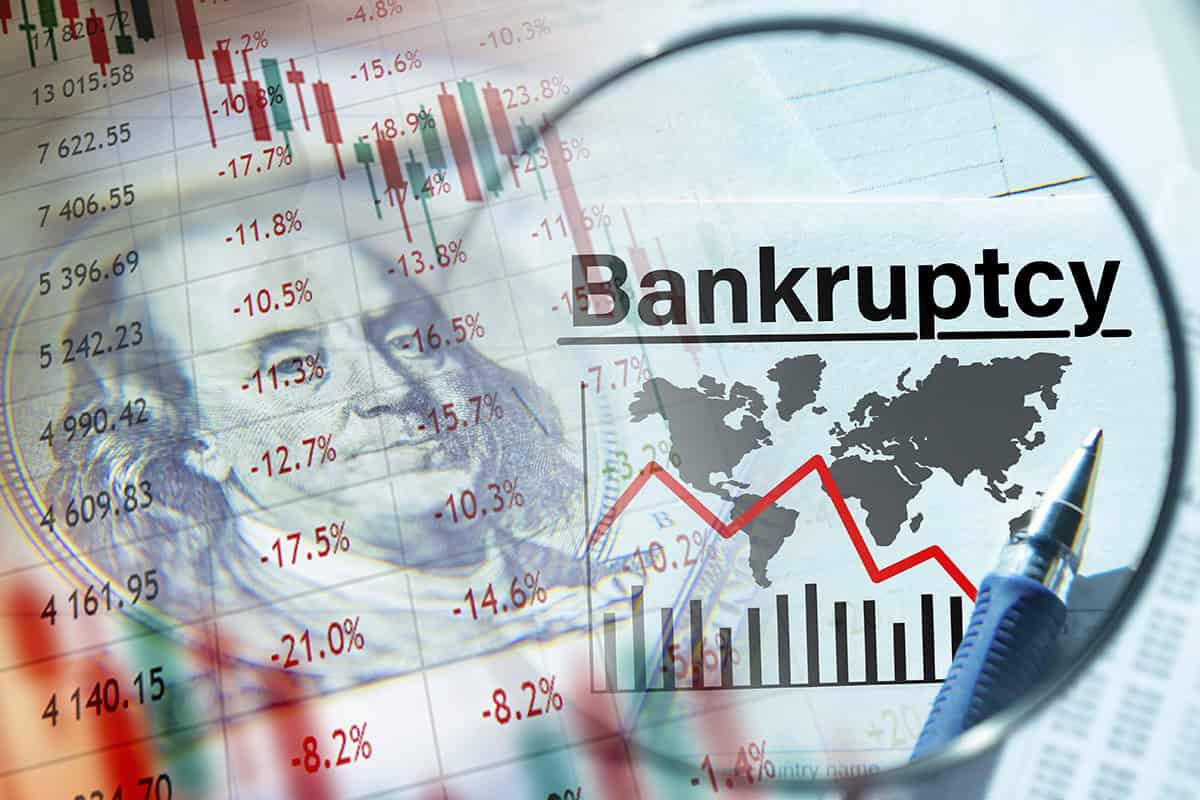Bankruptcy filings are piling up all over the world now that government emergency supports linked to the Covid-19 pandemic have diminished.
In the US, the world’s largest economy, more corporations went under in the first half of 2024 than in any comparable period since 2010. In total, 346 companies filed for Chapter 11 bankruptcy, according to Standard & Poor’s Global Market Intelligence.
Small and midsize businesses, especially those in the consumer discretionary sector, were the most impacted. Customers, now more careful about their spending, have cut back on restaurants, clothing, and car purchases.
Thus, many eyes have been on BurgerFi International as an example. BurgerFi is a popular Floridian burger and pizza chain, which in April defaulted on senior debt owed to TREW Capital Management. This past summer, three board directors resigned and the remaining directors hired Jeremy Rosenthal, a bankruptcy specialist, as chief restructuring officer.
Will he pull BurgerFi back from the brink, or not? The company anticipates an $18.4 million loss for the quarter ended July 1. Last month, TREW tossed BurgerFi a lifeline in the form of a $2.5 million protective advance on the understanding that the chain would find a way to make good on its obligations.
European companies haven’t fared much better than their US counterparts.
Bankruptcy declarations rose 3.1% in the second quarter compared with the first, according to Eurostat. The increase was most significant in construction (+3.8%), financial activities (+2.6%), and trade (+2.4%).
Germany, the biggest economy in the European Union, is suffering; corporate insolvencies during the first quarter rose 26.5% compared with the same period in 2023, according to Destatis, the federal statistical office. France is also stumbling. The CNAJMJ, representing legal authorities, reports that the number of companies bankrupted grew 18% during the first half compared with the first six months of 2023. Neither has Japan been spared. Taikoku Databank lists 74 bankruptcies among century-old companies in the first six months of this year, the largest number for comparable periods going back to 2000. As in the US and France, experts chalk up the rise in Japanese insolvencies to tepid consumer demand, rising costs, and higher interest rates that make it difficult for businesses to borrow.
